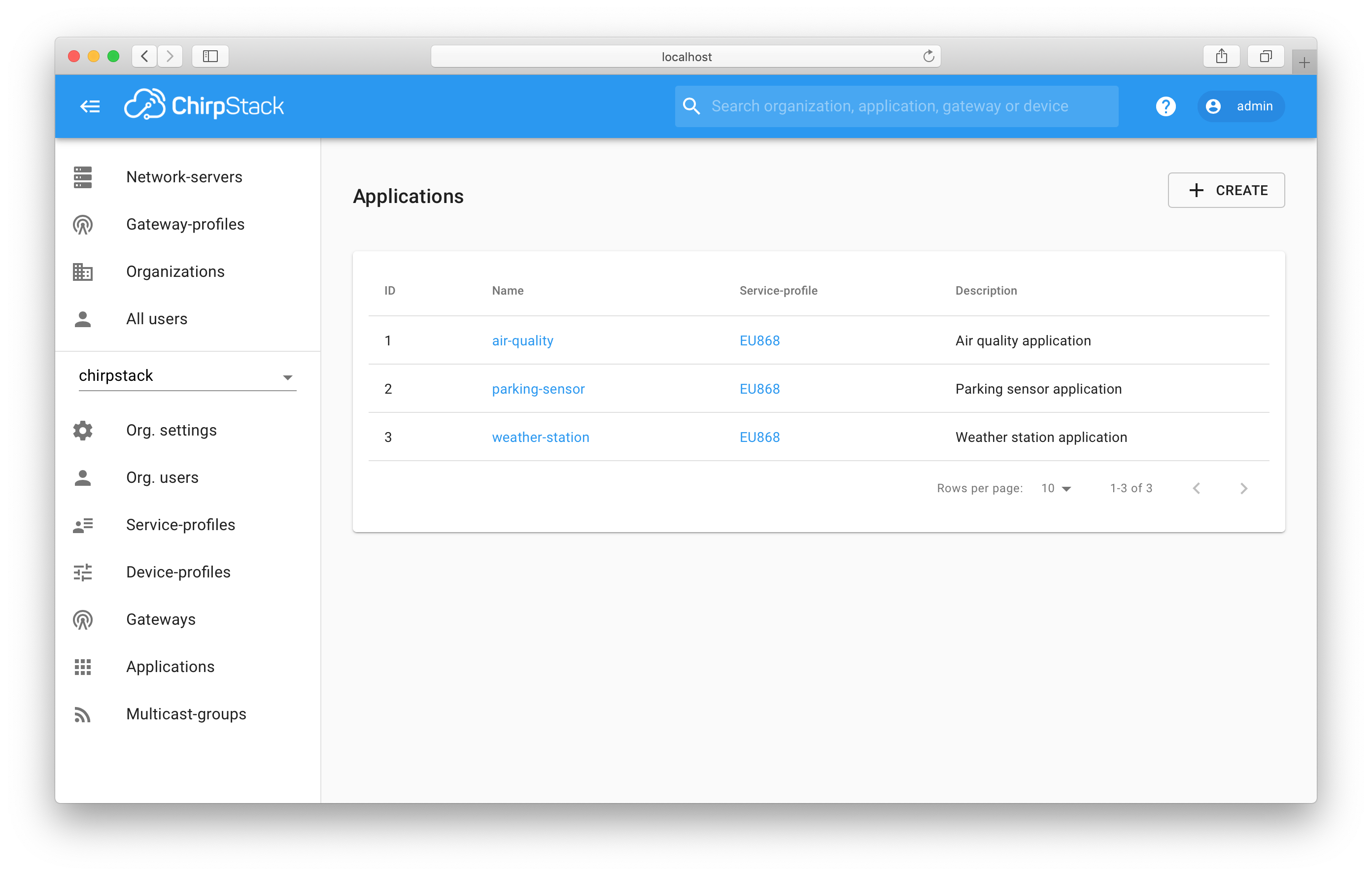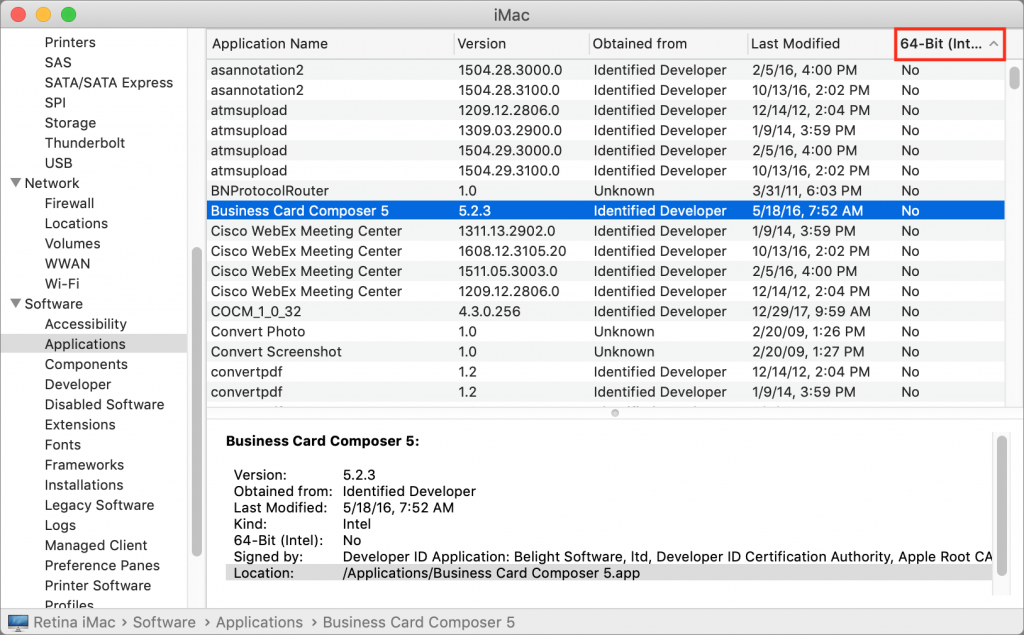If you’re running macOS 10.13.4 High Sierra or macOS 10.14 Mojave, you may have seen a dialog that says an app isn’t optimized for your Mac. The message differs slightly between High Sierra and Mojave, with the High Sierra version telling you the developer needs to update the app to improve compatibility whereas Mojave saying bluntly that the app won’t work with future versions of macOS.
- Netserver.app Is Not Optimized For Your Macbook
- Netserver.app Is Not Optimized For Your Macbook Pro
- Netserver.app Is Not Optimized For Your Mac Password
- Netserver.app Is Not Optimized For Your Macros
- Netserver.app Is Not Optimized For Your Mac Address
- Netserver.app Is Not Optimized For Your Mac Computer
- The latest version of NETserver is 1.1 on Mac Informer. It is a perfect match for the General category. The app is developed by com.brother.utility.
- 'Steam is not optimized for your Mac and needs to be updated' every time I reboot. Solved Any time I reboot my MBP (13', 2016, 10.14.6), I get the message in the title.
- Write something about yourself. No need to be fancy, just an overview.
The warning states that the app is not “optimized for your Mac” and lets you know that it needs to be updated by the developer to improve compatibility. The warning will appear only once — the. Other than the application being 32 bit I havent had major issues for about a month or two. Just minor things here and there which I can live with until the update comes out next month.
What’s going on here, what should you do, and when should you do it?

What’s Going On: 32-bit and 64-bit Apps
Over a decade ago, Apple started to transition all the chips used in Macs, along with macOS itself, from a 32-bit architecture to a 64-bit architecture. Without getting into technical details, 64-bit systems and apps can access dramatically more memory and enjoy significantly faster performance.
Apple knew it would take years before most people were running 64-bit hardware and 64-bit-savvy versions of macOS, so it allowed macOS to continue running older 32-bit apps. However, maintaining that backward compatibility has a cost, in terms of both performance and testing, so at its Worldwide Developer Conference in 2017, Apple warned developers that High Sierra would be the last version of macOS to support 32-bit apps “without compromise.” At the next WWDC in June 2018, Apple announced that macOS 10.14 Mojave would be the last version of macOS to run 32-bit apps.
Happily, the only “compromise” for 32-bit apps in Mojave is the warning dialog, which appears every 30 days when you launch an older app. But the writing is on the wall: 32-bits apps will cease working in macOS 10.15.
Netserver.app Is Not Optimized For Your Macbook
How Do You Identify 32-bit Apps?
Apple provides a tool to help you find 32-bit apps. Follow these steps:
- From the Apple menu, choose About This Mac and then click the System Report button.
- In the System Information utility that opens, scroll down to Software in the sidebar and select Applications. It may take a few minutes to build the list of every app on all mounted drives.
- When it finishes, click the 64-bit column header (No means 32-bit; Yes means 64-bit) to sort the list, and select an app to see its details in the bottom pane.
This technique works in both High Sierra and Mojave, but in Mojave, System Information includes a better-formatted section, called Legacy Software, that also provides a list of 32-bit apps. However, this list may be smaller because it includes only those apps that you’ve launched. Since it’s likely that you open old 32-bit apps only occasionally, you can’t trust the Legacy Software list to be complete.
If you find System Information’s Applications list overwhelming, check out the free 32-bitCheck utility from Howard Oakley. It performs exactly the same task but lets you focus on a particular folder and save the results to a text file for later reference.
What’s Your Next Step?
Once you know which apps won’t work in macOS 10.15, you can ponder your options. Luckily, you have some time. We expect Apple to release macOS 10.15 in September 2019, but you don’t need to upgrade right away—in fact, we recommend that you wait a few months after that to allow Apple time to fix bugs.
That said, we do encourage upgrading eventually, and if you buy a new Mac after September 2019, it will come with macOS 10.15. So you need to establish a plan—it’s better to know what you’re going to do than to be forced into action if you have to replace your Mac on short notice. For each 32-bit app on your Mac, you have three options:
- Delete it: It’s not uncommon to have old apps that you haven’t used in years and won’t miss. There’s no need to waste drive space on them in macOS 10.15.
- Upgrade it: Apps in active development will likely have a new version available. The main questions are how much the upgrade will cost and if there are compatibility issues associated with upgrading. You can upgrade at any time, although it’s likely worth waiting until you’re ready to move to macOS 10.15 to minimize costs. The apps that cause the most irritation here are things like the Adobe Creative Suite—Photoshop, Illustrator, and InDesign—that require switching to a monthly subscription.
- Replace it: If no upgrade is available, the cost of upgrading is too high, or upgrading comes with other negatives, it’s time to look for an alternative. This can take some time, so it’s worth starting soon to ensure that the replacement will provide the features you need before macOS 10.15 forces the decision.
Needless to say, if you’d like recommendations about how to proceed with any particular app or workflow, get in touch with us!
2020-10-27 20:43:19 • Filed to: macOS 10.15 • Proven solutions

Most Mac users do not know what to do about Apple’s not optimized for macOS 10.15 warning, because they hardly understand it. Apple seems to making changes in supporting certain apps, resulting to this warning that is making users uncomfortable.
After updating High Sierra to the 10.13.4 version, Apple set 32-bit apps not optimized for your Mac to stop working on macOS 10.15. As a result, you may notice a warning stating that a certain app ‘is not optimized for your Mac.
This warning raises concern because you hardly understand what is the not optimized for your Mac warning message. The situation gets worse because you do not know what to do about it.
Netserver.app Is Not Optimized For Your Macbook Pro
Therefore, this article will explain this warning and what to do about Apple’s not optimized for macOS 10.15 warning. It will guide you on how to proceed.
What Is the “Not Optimized for Your Mac” Warning Message
Netserver.app Is Not Optimized For Your Mac Password
Lately, you may have started seeing warnings about certain applications. The common message received is the app ‘is not optimized for your Mac’. This may have led you to wonder, what is the not optimized for your Mac warning message?
Another question that could arise is “how can I disable the not optimized for your Mac messages on macOS 10.15?” So, first you need to understand the warning to know what to do about it.
This warning appears whenever you open a 32-bit application. It appears as an alert suggesting that the application in question needs an update from its developers so that it can improve compatibility.
This message is an indication that Apple does not wish to continue supporting 32-bit applications in the near future. Luckily, it does not prevent users from using the application.
So if you press the “OK” button on the alert, you will have temporarily solved the question, “how can I disable the not optimized for your Mac messages on macOS 10.15.”

What Apps Will Stop Working on macOS 10.15
Apple wants to get rid of 32 bit apps because they seem to slow down the performance of the upgraded Macs. On the other hand, it recommends the 64-bit apps because they access more memory and cause faster system performance.
Such upgraded Macs that can run 64-bit apps include;
- MacBook Pro (Mid 2010 or newer)
- MacBook Air (Late 2010 or newer)
- MacBook (Late 2009 or newer)
- Mac Pro (Mid 2010 or newer)
- Mac mini (Mid 2010 or newer)
- iMac (Late 2009 or newer)
So, Apple has set 32-bit apps not optimized for your Mac to stop working on macOS 10.15, alongside other non-64-bit apps. They include the following apps, which will stop working on macOS 10.15;
- Microsoft Excel 2011
- Microsoft Word 2011
- Microsoft Outlook 2011
- Microsoft PowerPoint 2011
- Adobe InDesign CS5
- Adobe Illustrator CS5
If you would like to confirm the 32-bit applications on your Mac for better preparation, use this procedure;
- Go to the Apple logo, which is situated in the left corner of the Mac screen
- Click on “About This Mac”
- Proceed to choose “System Report”
- Then click on “Software” and the select “Applications”
- Go to the final column and check whether the applications you are concerned about and using are listed as 64-bit apps.
- If you update to macOS 10.15, all apps that are listed as 32 –bit will definitely stop functioning.
- Choose the “64-bit” column and check the apps that are not prepared for the transitioning.
How to Make Sure macOS 10.15 Apps Continue to Work
Netserver.app Is Not Optimized For Your Macros
There is a way for the 32-bit apps to continue working, despite that they are set to stop working. The following tips are solutions on what to do about Apple’s not optimized for macOS 10.15 warning.
- You may contact the app developer and present your issue.
- Avoid updating to macOS 10.15, which is the version following High Sierra
- If you cannot upgrade to the newer versions of the apps, you can consider using different apps serving the same purpose.
Best PDF Editor for macOS 10.15
PDFelement for Mac is a PDF solution that was designed to give users the best experience. As a result, it faces competition from other PDF editors. Nevertheless, it continues to prove that it is the best PDF editor through its amazing functionalities.
PDFelement for Mac delivers outstanding results through its features, such as the signature and share functions. With this PDF solution in your Mac, you can create and also manage digital signatures that are certificate based. This digital signature is useful in the verification of PDF authenticity by counterparties.
On the other hand, PDFelement for Mac enables the sharing of documents through cloud services. Therefore, if you require someone to add a digital signature to your PDF document, you can share the file through Dropbox. The program also allows you to attach the file as an email in its interface.
From the above information, it is clear that PDFelement for Mac is good for both formal and informal work. Having created your digital signatures, you can comfortably deal with binding contracts, since including your signature is easy.
Additionally, you can work with the program from anywhere since the cloud service, Dropbox, can enable you to share PDF files at any time.

Free Download or Buy PDFelement right now!
Free Download or Buy PDFelement right now!
Netserver.app Is Not Optimized For Your Mac Address

Buy PDFelement right now!
Buy PDFelement right now!
Netserver.app Is Not Optimized For Your Mac Computer
0 Comment(s)
